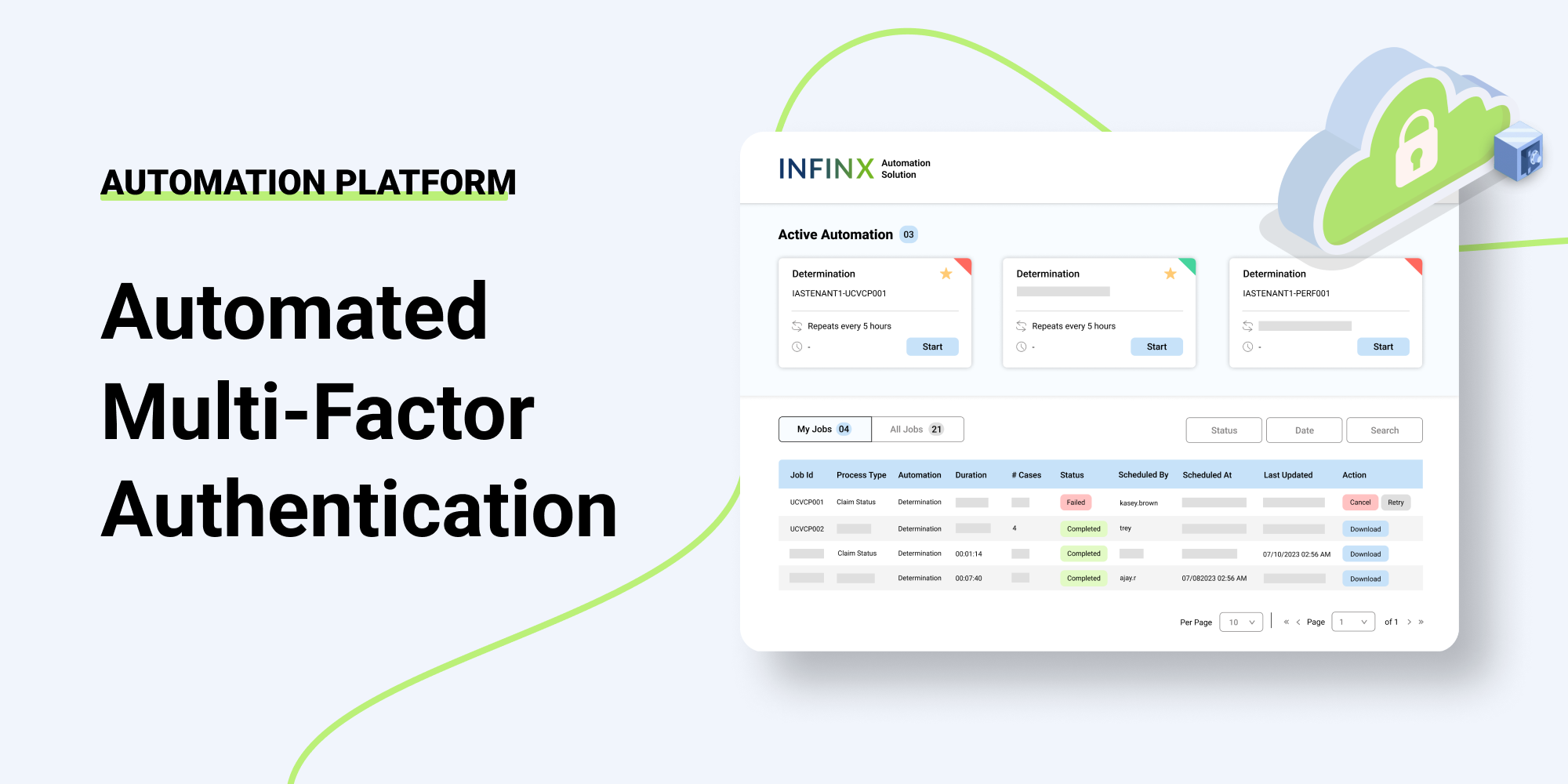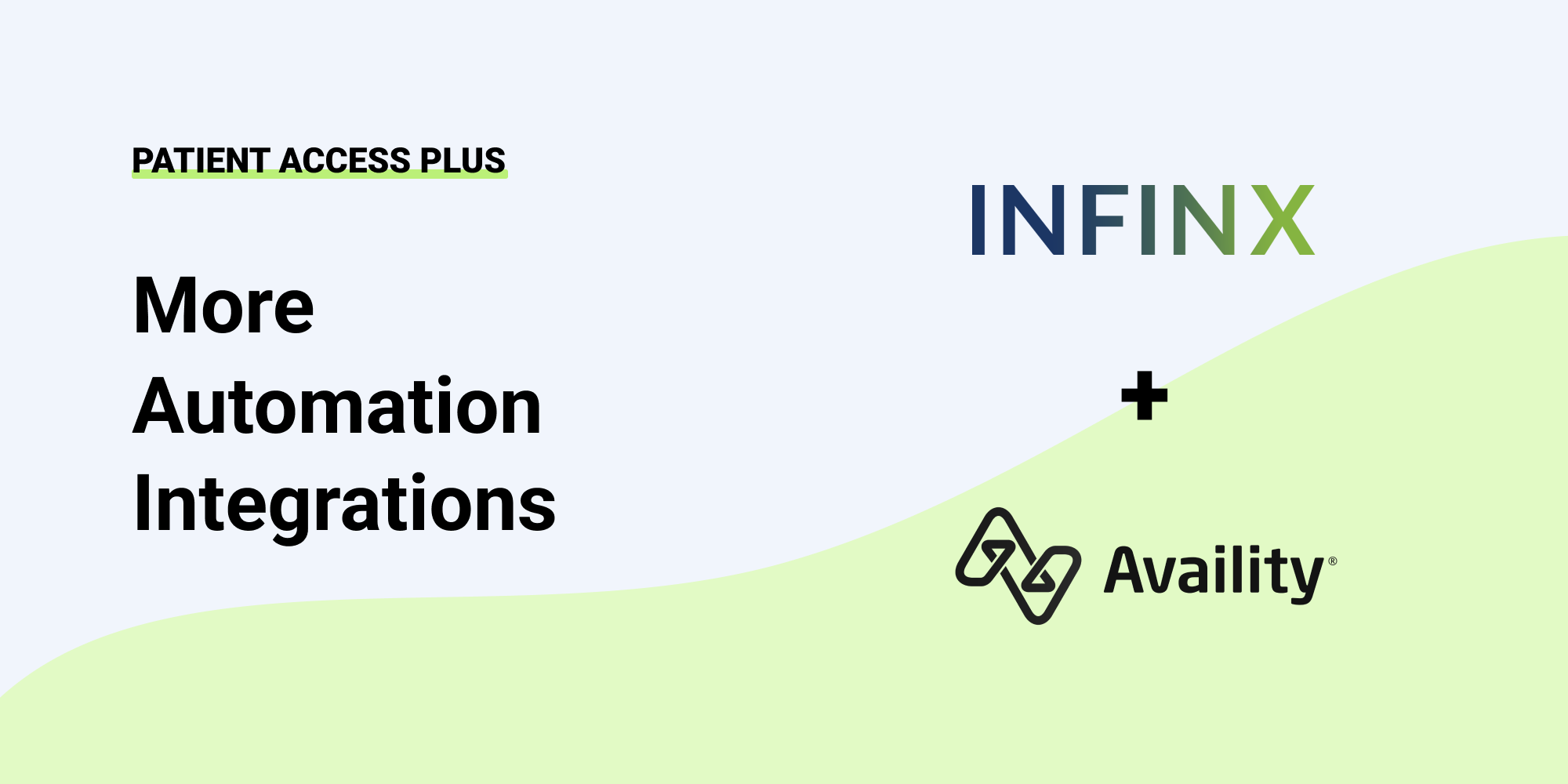Denial management can be the most frustrating part of medical revenue cycle management because it is a continually changing process. According to the American Academy of Family Physicians, the average claim denial rate is between 5 – 10%. For hospitals and large practices, that percentage can equate to millions of dollars in tied-up revenue.
With so much money at stake, what are hospitals and providers doing to deal with denials?
How to Minimize Claim Denials
A July 2016 HIMSS Analytics survey found that up to 31% of hospitals deal with denials manually or use a tool they have developed themselves. If not a manual solution, what are hospitals using? Sixty-seven percent relay on clearinghouse denials and suggested edits, 17% use a tool from their EHR or HIS vendor, and only 16 % use a dedicated, automated denials tool. Anecdotal evidence points to provider practices employing the same strategies.
The industry shift toward value-based care creates an even more pressing need to minimize denials. But, how to do that with so many payers having their own rules and edits that change regularly? There are ultimately only two solutions: 1) monitor denials closely and react as soon as a pattern in denials is recognized and 2) avoid denials in the first place.
Let’s take a look at the four ways hospitals and providers try to solve or entirely avoid denials:
What are Clearinghouse Scrubbers?
Clearinghouses scrub claims before they submit them to each payer. Scrubbers do things such as check diagnosis and procedure combinations for medical necessity, flag demographic errors, and in some cases notify the user about lack of authorization. Each clearinghouse has its own capabilities. Holding a claim for edits before it is submitted to the payer is undoubtedly valuable because it is avoiding a denial in the first place. However, scrubbers are generalized. Most are not geared to a specific provider specialty or payer, which means they can be slow to react when rules change and will not cover all denial scenarios.
Manual Tracking and Re-submission
When it comes to denials, there will always be a manual element involved because of their nature. A new denial needs to be investigated, which usually requires a time-consuming call to the insurance company. However, if you depend on manual labor for the entire process, it can take a long time to see patterns in denials and then react to them. Of course, some organizations have a more efficient manual process than others. But, workflow hold-ups caused by unusually large denial projects can make an already bad problem even worse.
Tools within EHR/HIS Systems
Denials management solutions offered by Electronic Health Record (EHR) and Health Information System (HIS) vendors are vary in terms of what they offer and how they work. If you will be relying on an EHR/HIS system tool, you should thoroughly investigate how the denials management function works before you choose your system. Otherwise, you may wind up with a denial management system that is an afterthought, and not the best fit for your facility.
Dedicated, Automated Tracking Tools
Using a dedicated, automated tool to handle denials can be the most effective solution. No automated system completely negates the need for human intervention; rather, it ensures the humans that are involved in the process are more efficient. Many hospitals and provider practices do not use dedicated, automated denial tools because they can be expensive and difficult to set-up. As a result, denial management is one of the many reasons hospitals and provider practices turn to revenue cycle management companies.
An automated denials management system continually tracks claims through the adjudication process and then organizes denied claims into work queues. The combination of human problem solving and automated processes allow denials to be worked quickly, and the faster a problem can be identified and resolved on the back end, the sooner a denial can be entirely avoided on the front end — stopping the denial cycle in its tracks.
Another benefit of an automated tool is that it can be customized to a specific payer, like Medicare. The most recent AMA report found that almost 5% of procedures submitted to Medicare were denied. For many organizations, Medicare is their largest payer, so there is a tremendous opportunity to increase revenue by dealing with Medicare denials efficiently and effectively.
Whatever your approach to denials management is, whether it be through your clearinghouse, manual labor, EHR/HIS vendor, or an automated system, the most essential part of the process is communication. If the back-end team handling the denials is regularly updating and educating the front-end team on how to avoid them in the first place, you are practicing effective revenue cycle management.
For information about how Infinx can automate your denials process and boost your income, contact us today.


